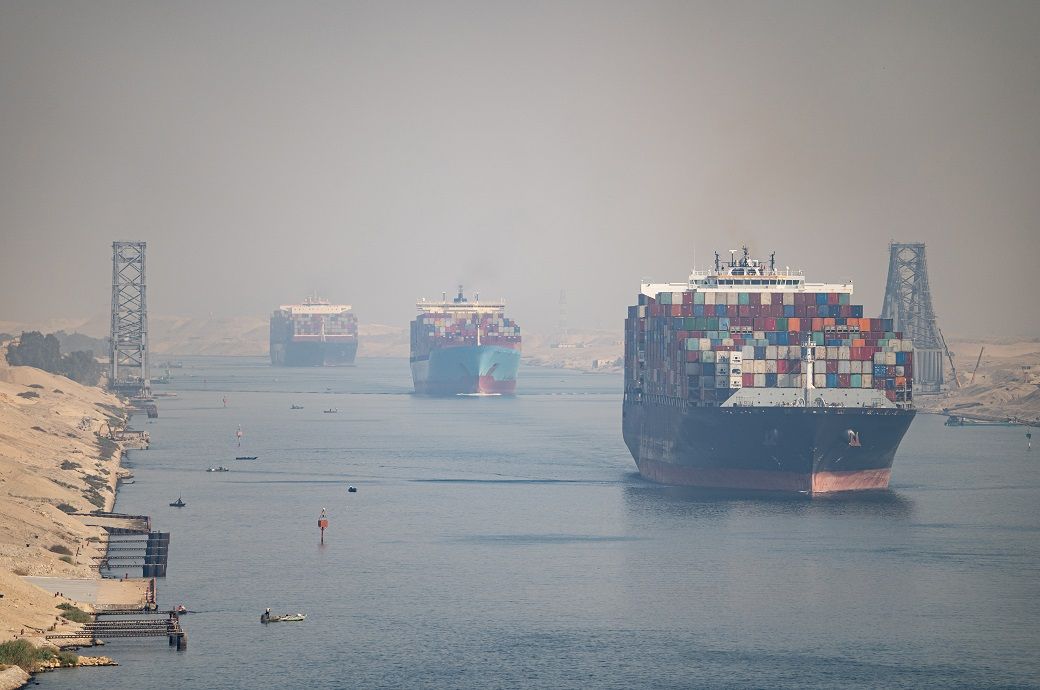

The crisis in the Red Sea, particularly affecting the Suez Canal, has led to a dramatic decrease in vessel transits, with a 42 per cent drop from its peak. The fallout has seen weekly container ship transits plummet by 67 per cent, alongside significant declines in container carrying capacity. The situation is further complicated by the ongoing conflict in the Black Sea region, reshaping established trading patterns.
Meanwhile, the Panama Canal faces its own set of challenges as reduced water levels threaten the long-term efficiency and resilience of one of the world's most critical trade arteries. This has led to a 49 per cent reduction in total transits compared to peak figures, signalling a pressing concern for global supply chain continuity, as per UNCTAD.
The economic and environmental costs of these disruptions are mounting. The rerouting of vessels around the Cape of Good Hope, avoiding both the Suez and Panama canals, has led to significant increases in trade costs, insurance premiums, and greenhouse gas emissions due to longer travel distances and the need for greater speed to maintain delivery schedules.
UNCTAD reports a staggering surge in average container spot freight rates, with the highest-ever weekly increase of $500 recorded in the last week of December 2023. Rates from Shanghai have more than doubled since early December, with even more substantial increases to Europe and the US West Coast. This trend underscores the far-reaching economic implications of the crisis, with potential delays in deliveries, rising costs, and inflation, all of which are expected to impact consumers within a year.
The environmental impact is equally concerning, with the shipping industry, which had been making strides in reducing fuel consumption and emissions through slower speeds, now forced to increase velocities to keep up with schedules. This shift could result in up to a 70 per cent rise in greenhouse gas emissions for certain round trips, such as Singapore to Rotterdam.
Fibre2Fashion News Desk (DP)